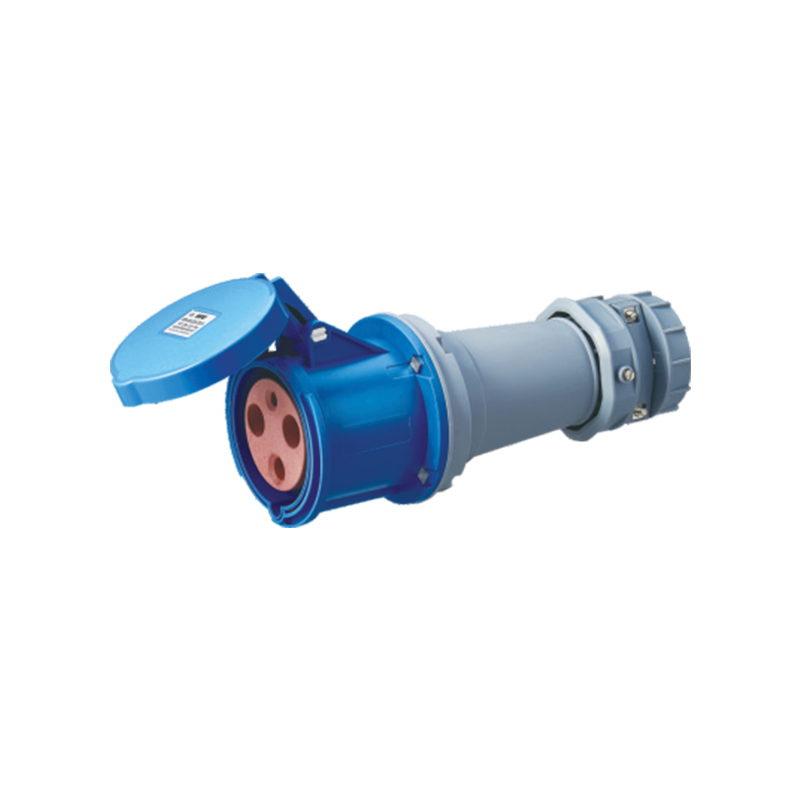Address: No. 199, Weiwu Road, Yueqing Economic Development Zone, Zhejiang Province, China.
In today's technology-driven world, ensuring the safety and efficiency of electrical devices is essential. Two commonly used devices in homes and industrial settings are power strips and surge protectors. While they may seem similar at one glance, they serve different purposes and offer varying levels of protection. Understanding these differences can help you make informed decisions about your electrical needs.
What is a Power Strip?
A power strip is a device that allows multiple electrical devices to connect to a single electrical outlet. It typically features several sockets, often with a built-in circuit breaker to prevent overload. Power strips are convenient for extending the reach of outlets and accommodating multiple devices, such as computers, lamps, and chargers. However, power strips do not provide any protection against voltage spikes or surges, making them suitable for low-risk applications.
What is a Surge Protector?
In contrast, a surge protector is specifically designed to protect electrical devices from voltage spikes. These spikes can occur due to various reasons, including lightning strikes, power outages, or sudden changes in electrical current. Surge protectors contain internal components, such as Metal Oxide Varistors (MOVs), which divert excess voltage away from connected devices. This added layer of protection makes surge protectors essential for sensitive equipment like computers, televisions, and home theaters.
Key Differences
The primary difference between power strips and surge protectors lies in their function. While power strips merely provide additional outlets, surge protectors are engineered to safeguard electronic devices from potential damage caused by electrical surges. When choosing between the two, it's crucial to consider the type of devices you plan to connect and the potential risks associated with power surges.
Power Strips: Use Cases and Limitations
Power strips are ideal for situations where multiple devices need to be powered simultaneously without the need for surge protection. For example, they can be useful in workshops or garages where tools are used regularly. However, it is important to note that overloading a power strip can advance to overheating and potential fire hazards. Therefore, users should always check the total wattage of connected devices to avoid exceeding the strip's capacity.
In industrial settings, the use of waterproof junction box connectors becomes vital when utilizing power strips. These connectors help ensure that electrical connections remain safe and functional, even in wet or harsh environments. This is particularly important in manufacturing or construction sites where exposure to moisture is common.
Surge Protectors: Importance and Applications
Surge protectors, on the other hand, are essential for protecting valuable and sensitive electronics. In industrial environments, utilizing industrial electrical plugs and sockets with built-in surge protection can greatly enhance safety. These devices are designed to withstand higher currents and provide a robust solution for safeguarding equipment against electrical surges.
When working with heavy machinery or equipment that requires an industrial 3 phase plug and socket, surge protection becomes even more critical. These specialized plugs and sockets are designed to handle three-phase electrical systems, commonly used in industrial applications. Connecting such equipment through a surge protector ensures that the electrical integrity of the machines is maintained, reducing the risk of damage from unexpected surges.
Choosing the Right Device
When deciding between a power strip and a surge protector, it is essential to evaluate the specific requirements of your devices. If you are connecting basic appliances or tools that do not require surge protection, a power strip may suffice. However, for electronic devices that are susceptible to damage from power surges, investing in a quality surge protector is advisable.
Additionally, consider the layout of your electrical system. In environments where water exposure is a concern, such as outdoor areas or industrial sites, using waterproof junction box connectors alongside surge protectors can enhance safety. These connectors provide a secure and reliable means of connecting electrical devices, ensuring that they remain protected from moisture and electrical hazards.
In conclusion, understanding the differences between power strips and surge protectors is crucial for ensuring the safety and longevity of your electrical devices. While power strips offer convenience for connecting multiple devices, surge protectors provide essential protection against voltage spikes. By considering the specific needs of your equipment and the environment in which they operate, you can make informed choices about the right electrical solutions. Whether you are in a home setting or an industrial environment, proper usage of power strips, surge protectors, and waterproof junction box connectors can greatly enhance the safety and efficiency of your electrical systems.







